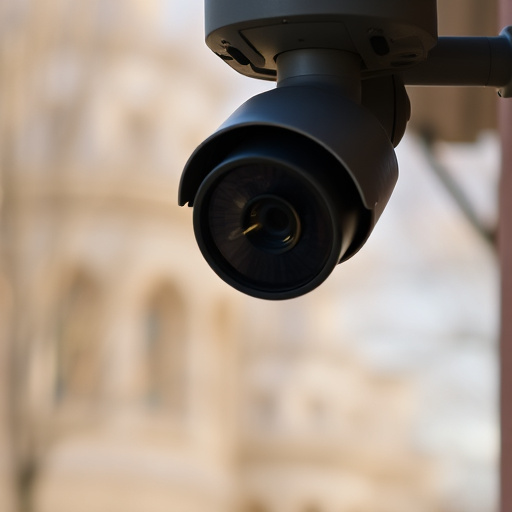Battery-powered covert nanny cameras offer a discreet, compact solution for home and office surveillance, with extended battery life, motion detection, night vision, and two-way audio. Their innovative use of light as power makes them nearly invisible, while advanced algorithms analyze light patterns to detect even sophisticated hidden cameras, promoting privacy safety. Detection methods include visual inspections, thermal imaging, and infrared sensors for hard-to-find devices disguised as everyday items.
Uncover the hidden world of battery-powered covert nanny cameras with our comprehensive guide. In an era where privacy is paramount, these disguised devices have become a cause for concern. We demystify their operation, delving into the science behind light detection as a means to identify them. From understanding the technology to exploring practical testing methods, this article equips readers with knowledge to navigate this intricate landscape. Stay informed and protect your space.
- Understanding Battery-Powered Covert Nanny Cameras
- The Science Behind Light Detection for Camera Identification
- Practical Testing Methods for Disguised Camera Location Discovery
Understanding Battery-Powered Covert Nanny Cameras
Battery-powered covert nanny cameras are a subtle and discreet way to capture video footage in various settings, from homes to offices. These compact devices are designed to be placed out of sight, often utilizing lights as a power source, making them virtually invisible to the naked eye. The battery life of these cameras varies, but many modern models offer extended battery life, allowing for continuous surveillance without the need for frequent recharging. This feature makes them ideal for long-term observation, providing peace of mind and security.
These nanny cameras often come equipped with advanced features such as motion detection, night vision, and two-way audio, ensuring users receive real-time alerts and can communicate remotely. Their battery power enables them to be placed in hard-to-reach or remote areas where traditional wired cameras might not be feasible. This technology is a game-changer for home security, allowing parents, caregivers, or homeowners to monitor their spaces effectively while maintaining privacy.
The Science Behind Light Detection for Camera Identification
The Science Behind Light Detection for Camera Identification
Light detection plays a pivotal role in identifying hidden cameras, especially battery-powered covert nanny cameras. These tiny devices often go unnoticed, capturing intimate moments without consent. The technology employed to detect them leverages the unique behavior of light and its interaction with these concealed cameras. By analyzing patterns of illumination, shadows, and reflections, experts can pinpoint the exact location of a camera lens, even when it’s disguised or obscured.
This method involves advanced image processing algorithms that study light patterns in real-time. It considers factors such as ambient lighting conditions, reflection from surfaces, and the unique signatures left by the camera’s optics. With each frame captured, these algorithms sift through visual data, identifying anomalies that suggest a hidden camera’s presence. This science ensures that even the most sophisticated battery-powered covert cameras cannot evade detection, promoting privacy safety and security in various settings.
Practical Testing Methods for Disguised Camera Location Discovery
When it comes to practical testing methods for discovering disguised camera locations, especially with battery-powered covert nanny cameras, a multi-step approach is essential. The first step involves visually inspecting potential areas where cameras might be hidden, paying close attention to any unusual lights or shadows. This initial scan helps identify potential camera placements and can often reveal obvious disguises like fake smoke detectors or buttons.
Following this visual assessment, the next stage involves employing advanced techniques such as thermal imaging cameras, which can detect heat signatures from electronic devices, including hidden cameras. Additionally, infrared sensors can be used to trigger alarms when they sense unusual heat levels, further aiding in camera discovery. These methods are particularly effective for locating battery-powered covert nanny cameras that may not be easily visible or detected by traditional means.
Battery-powered covert nanny cameras, despite their seemingly innocuous appearance, pose a significant challenge due to their ability to operate unnoticed. However, advancements in light detection technology offer a promising solution for identifying these disguised devices. Through practical testing methods, professionals can now effectively locate and dismantle such cameras, ensuring a safer digital environment. By combining scientific understanding with innovative techniques, we can stay ahead of the curve in combating this modern-day enigma.
